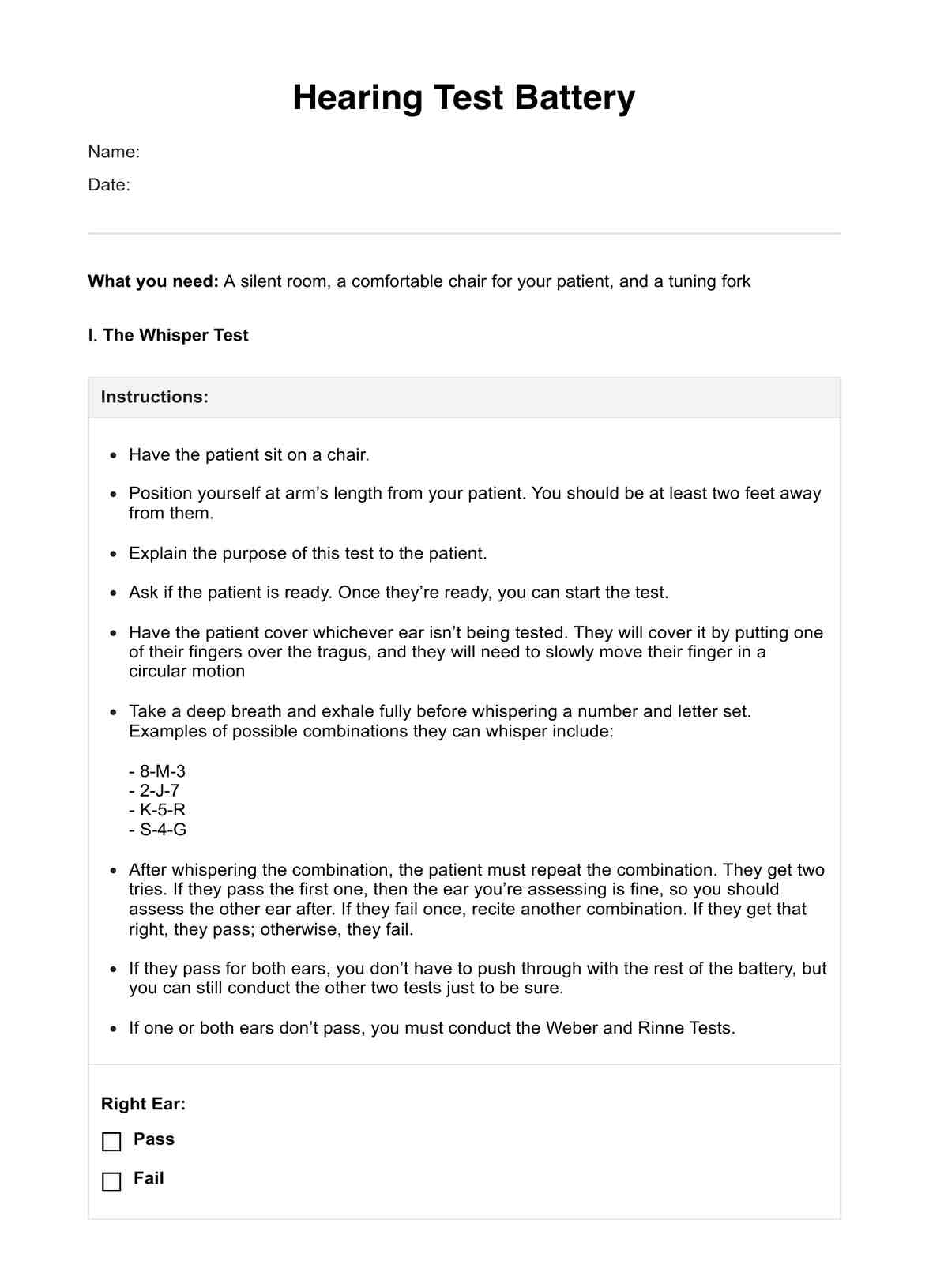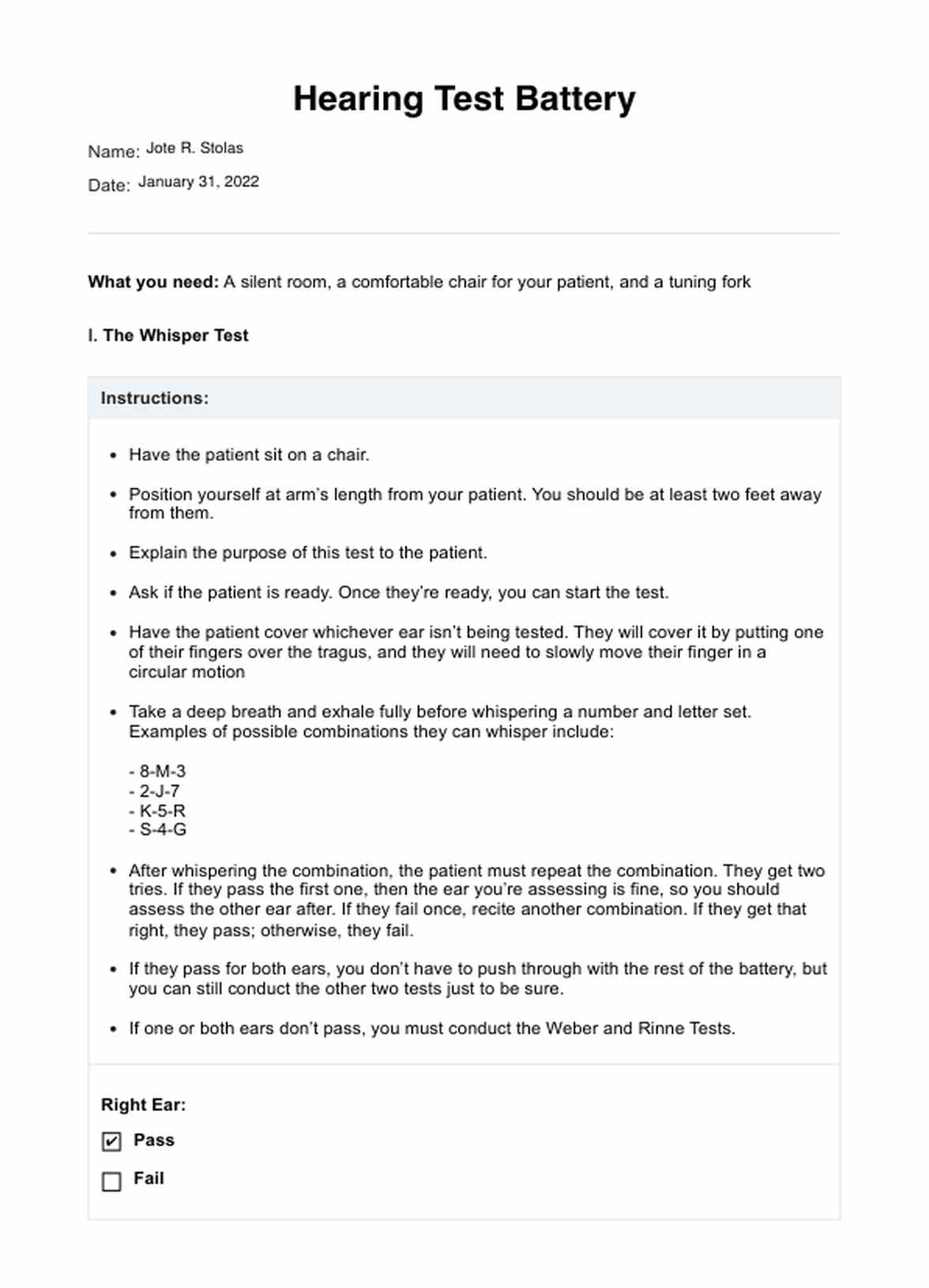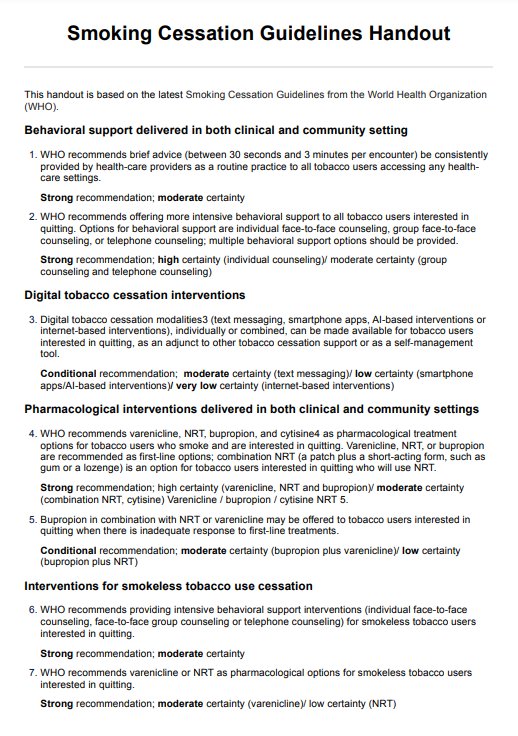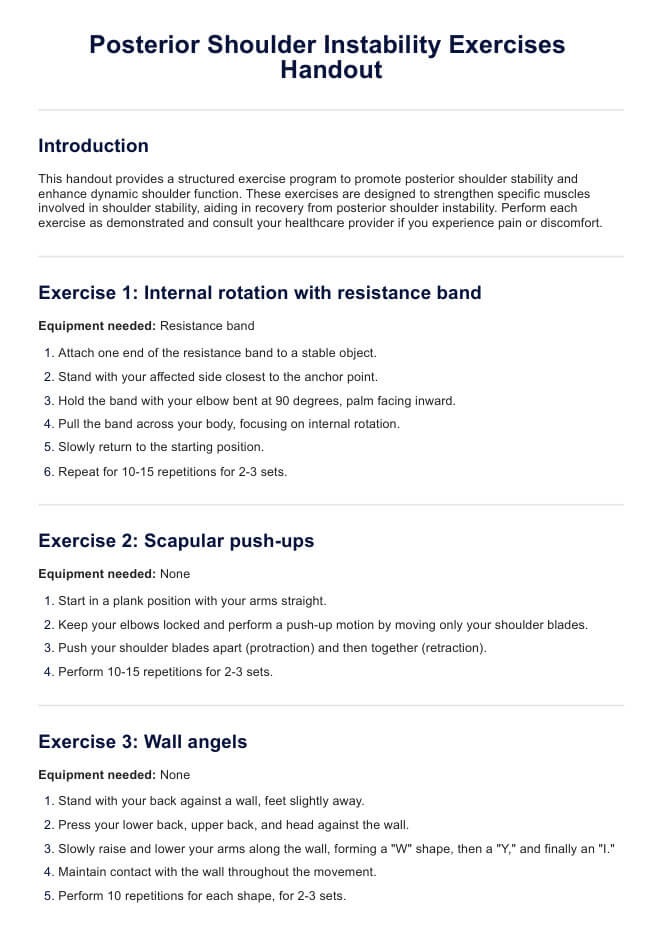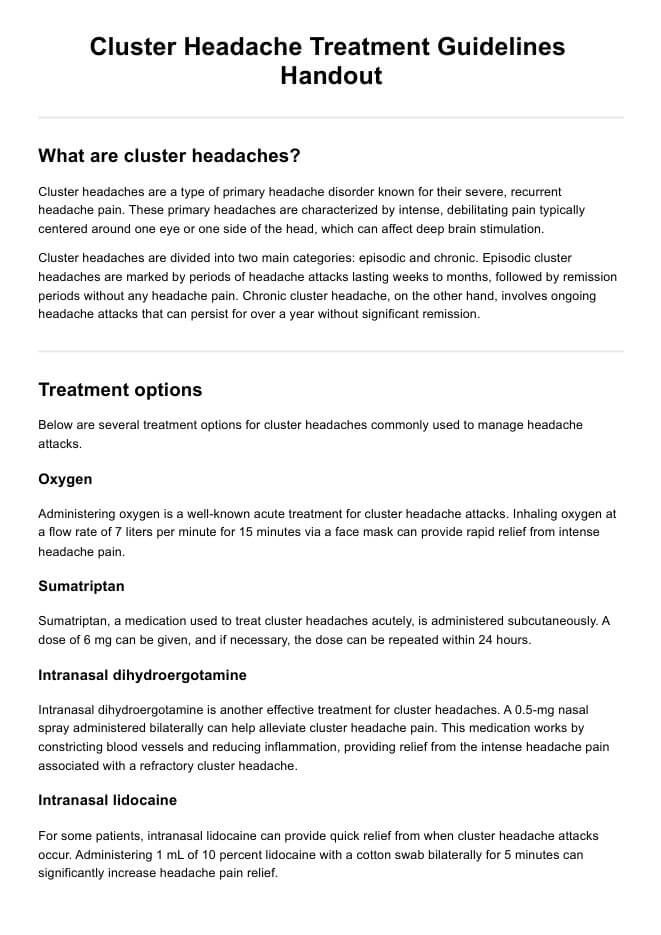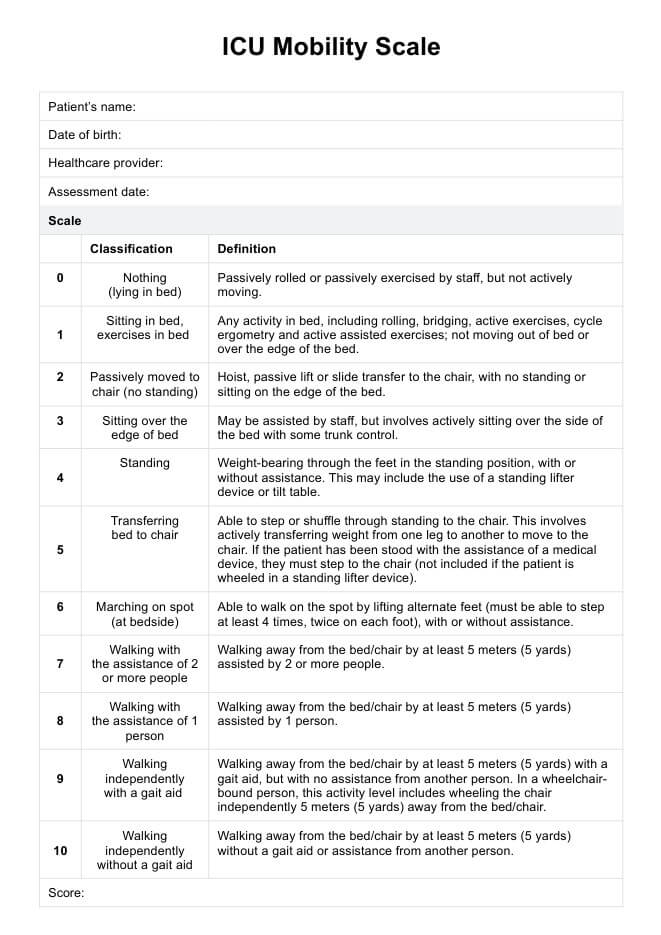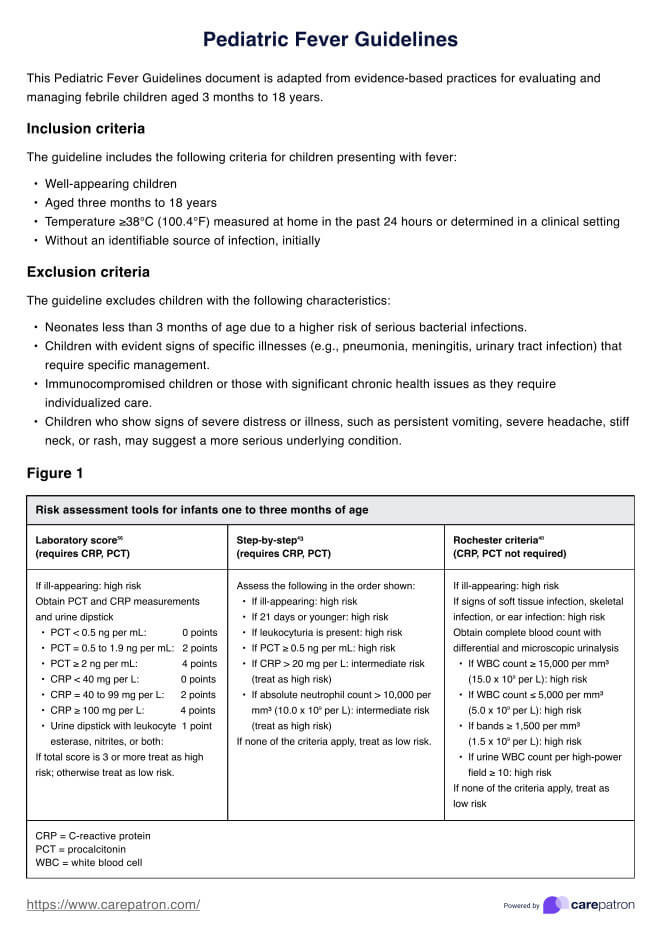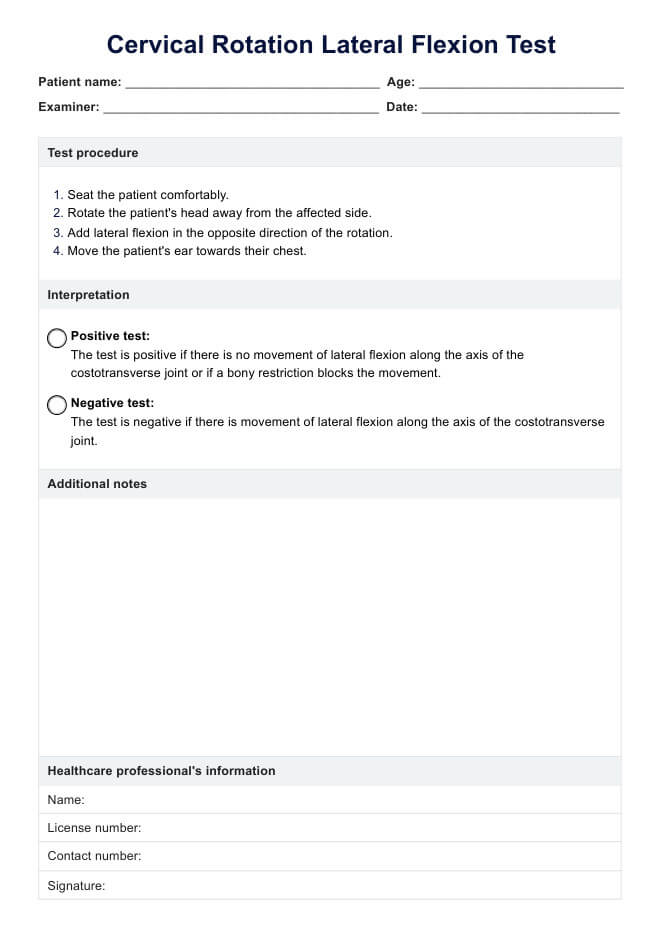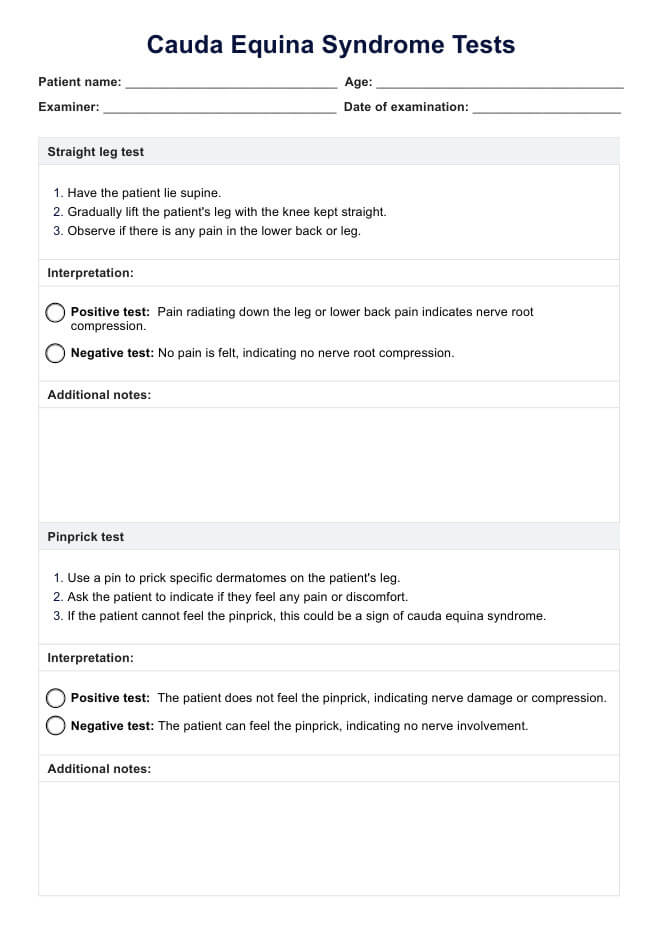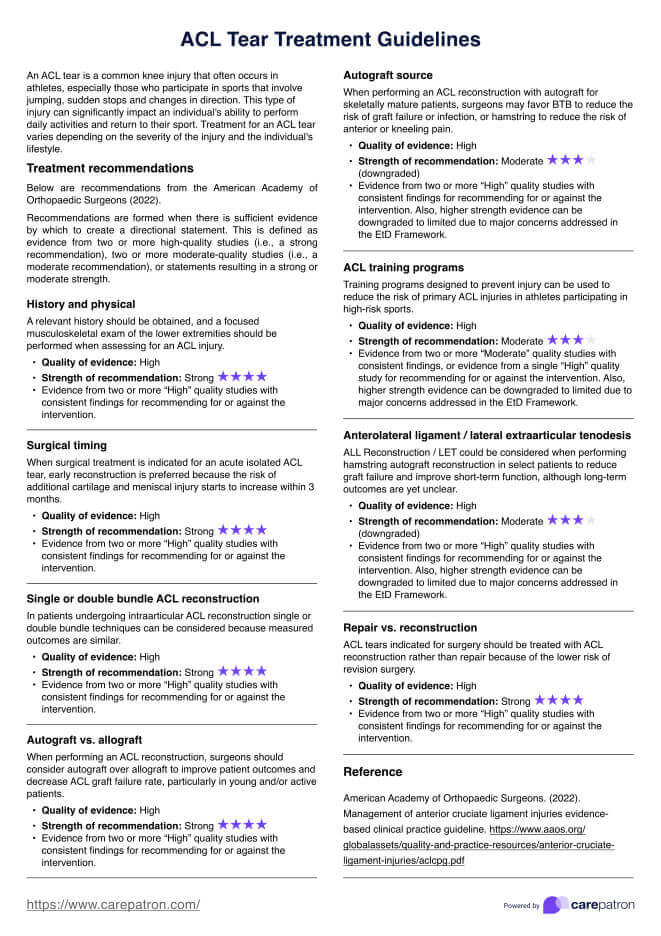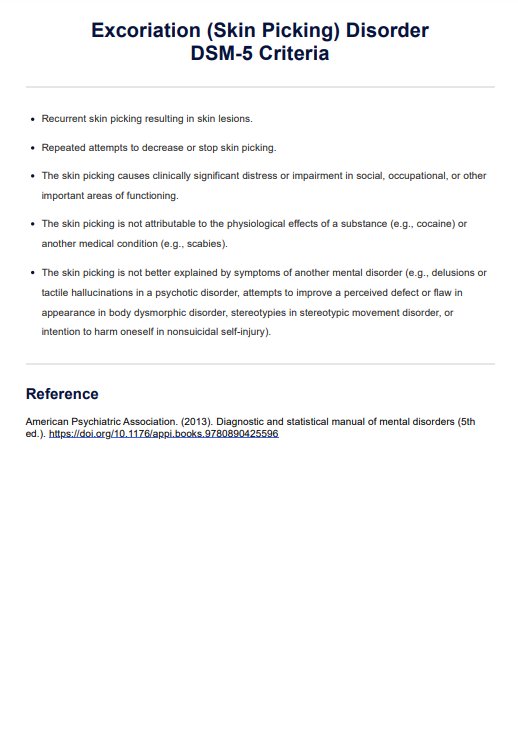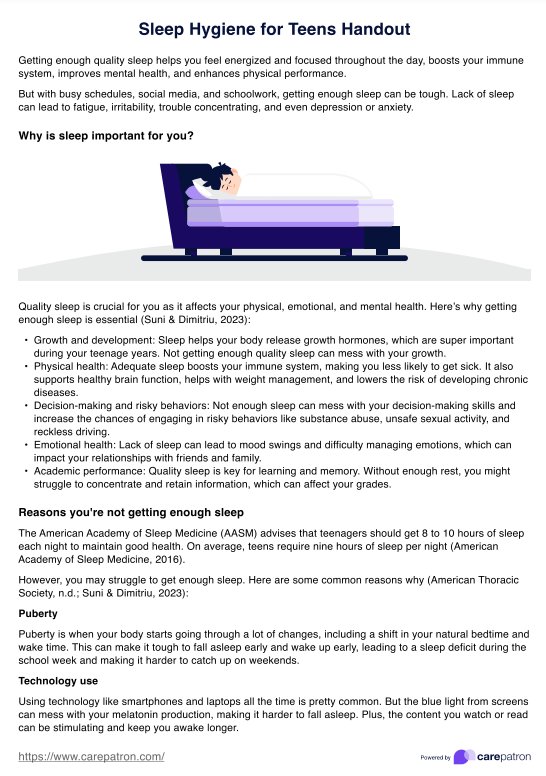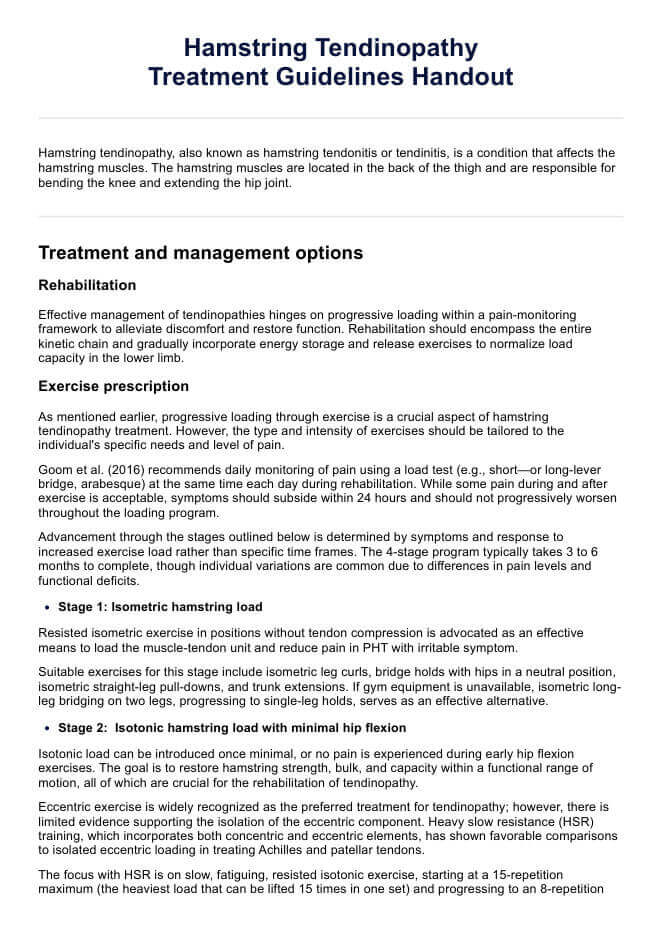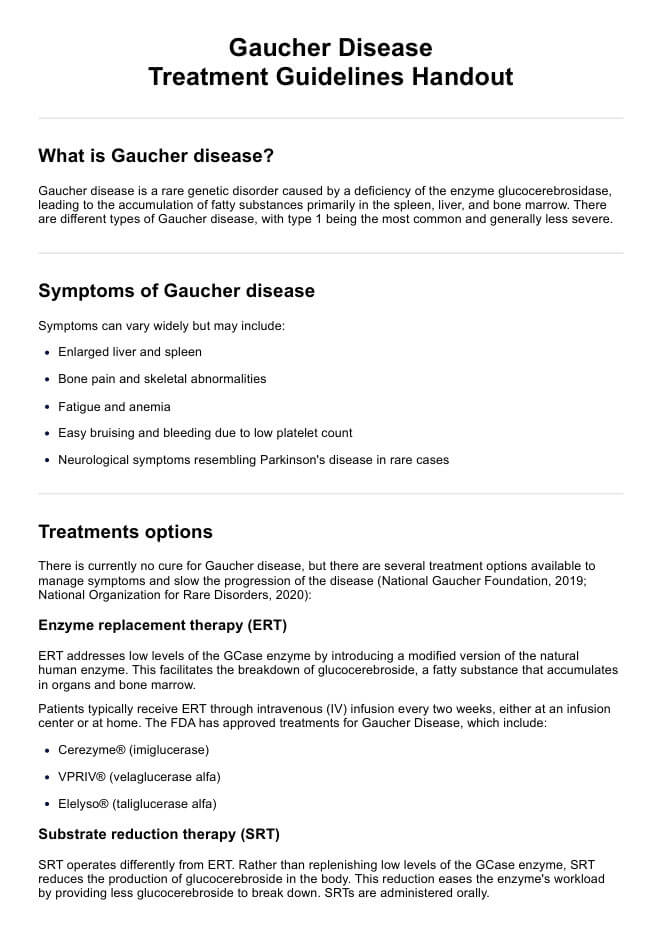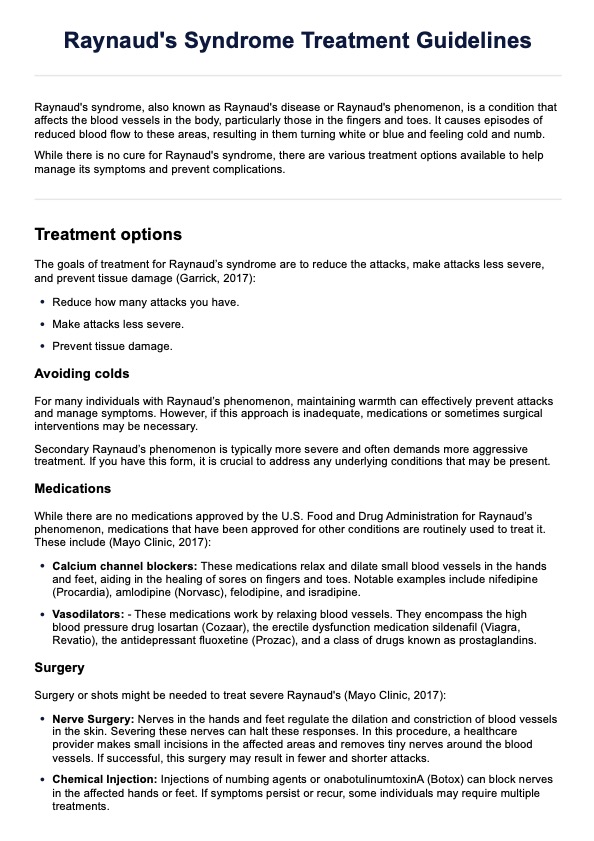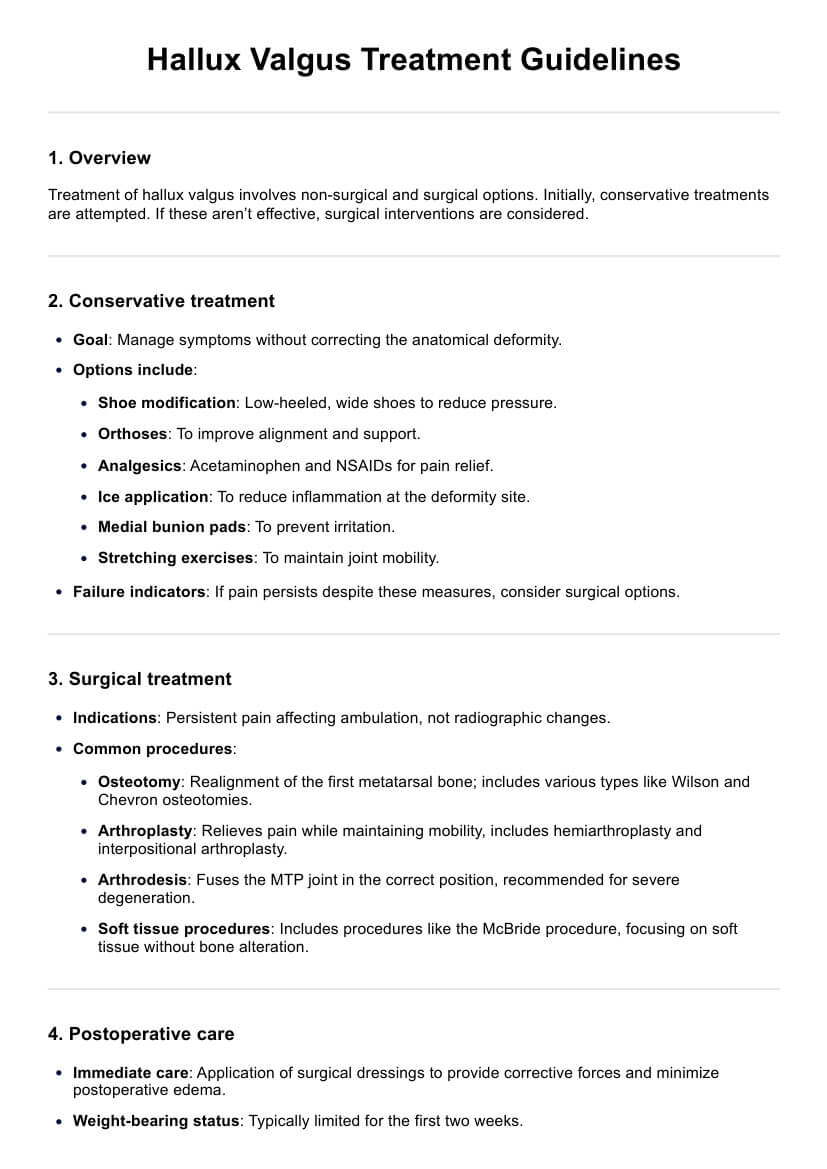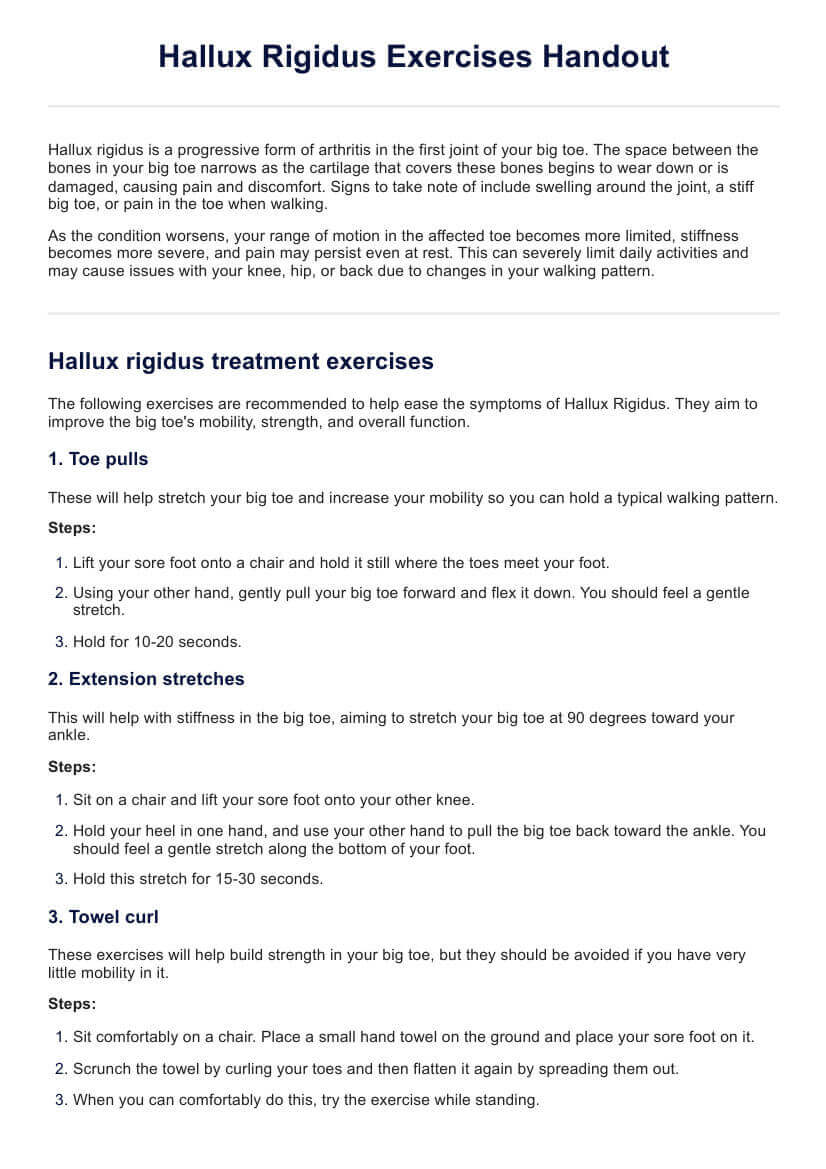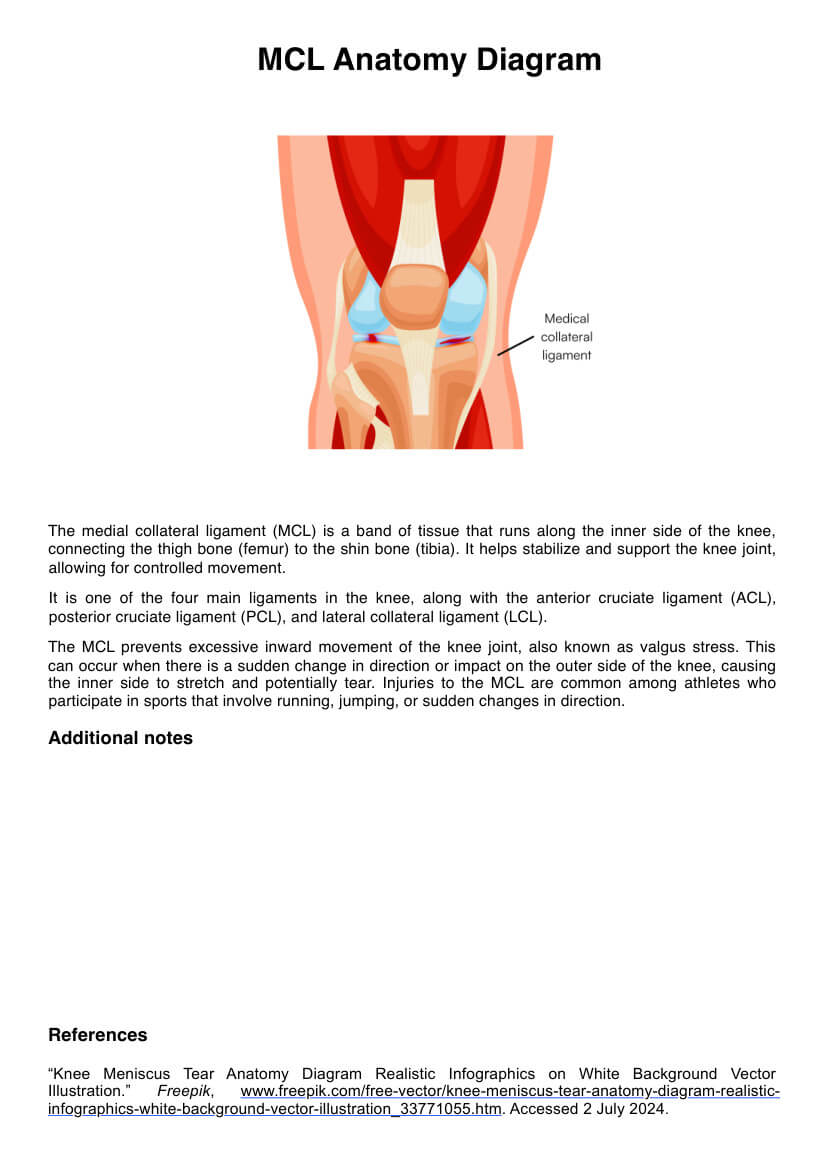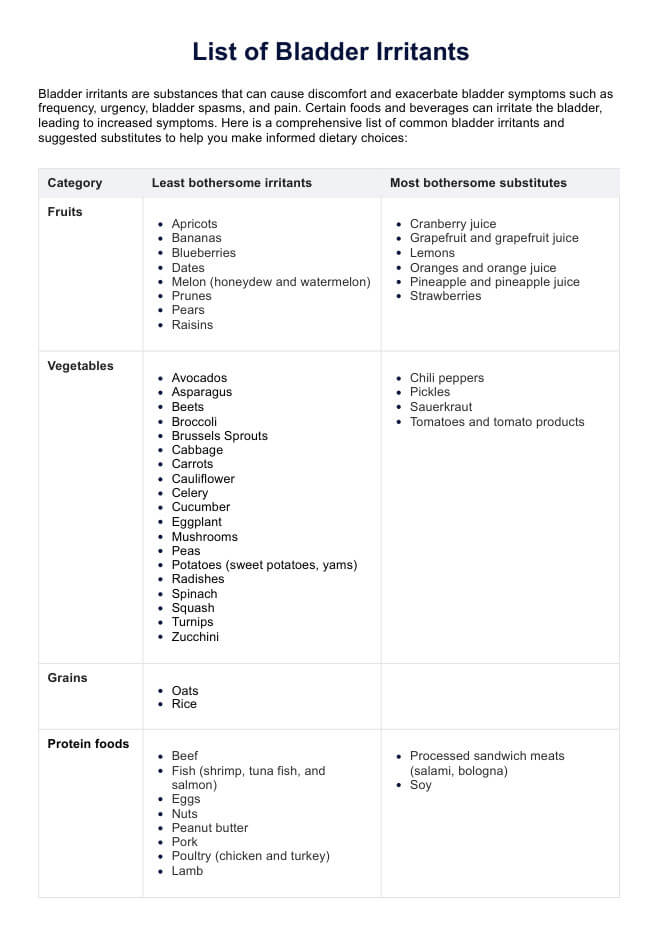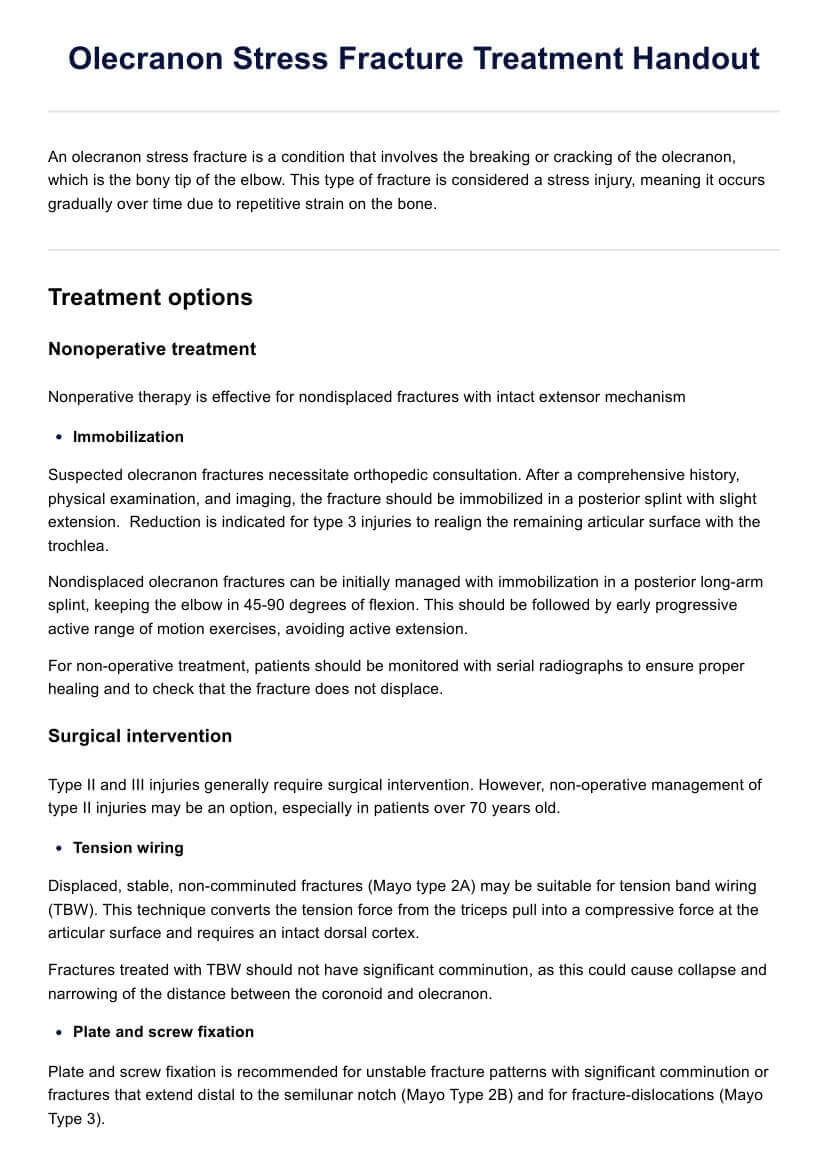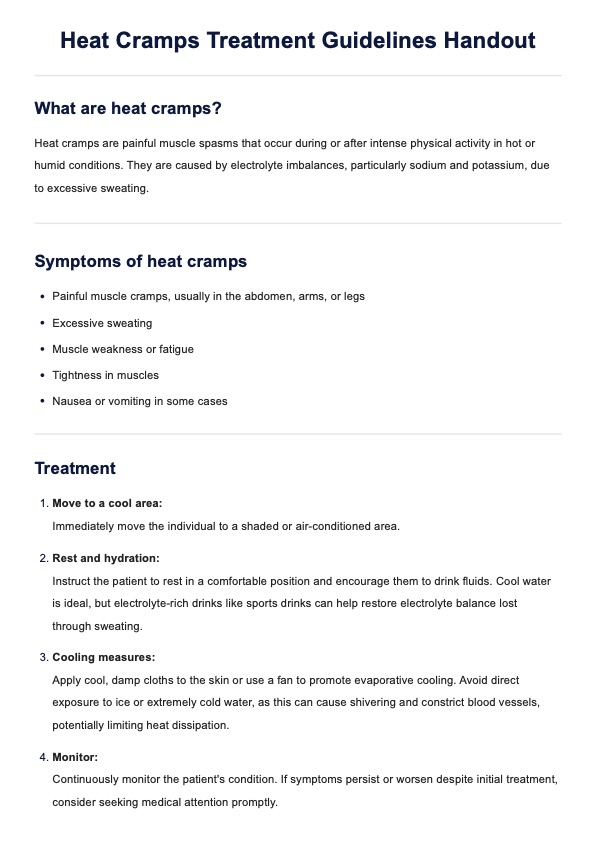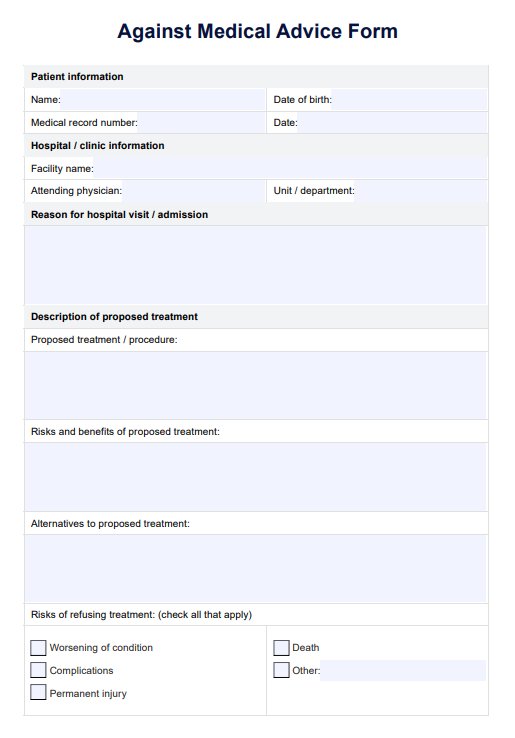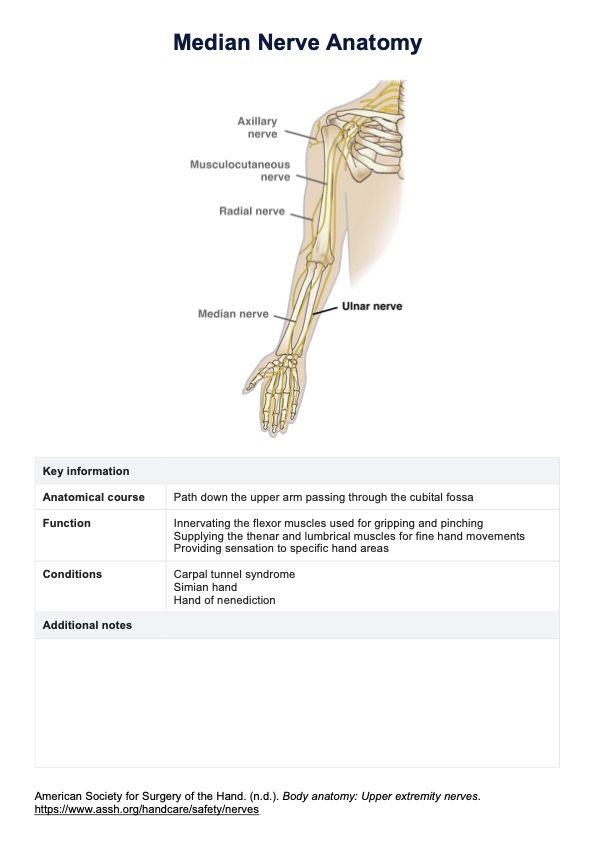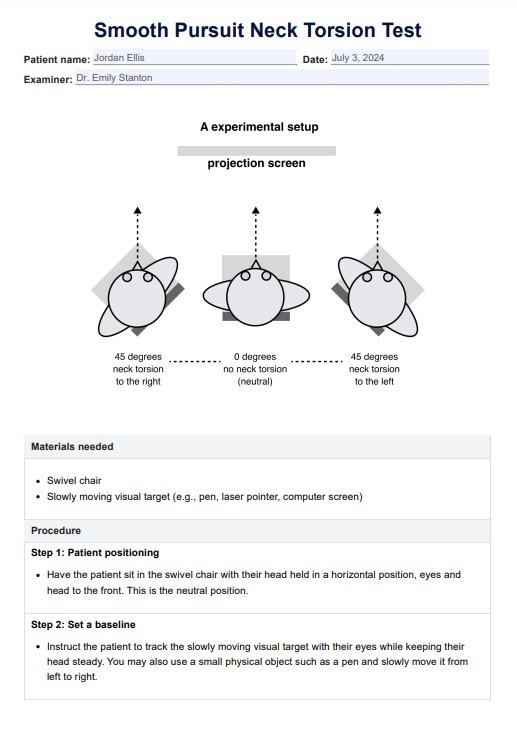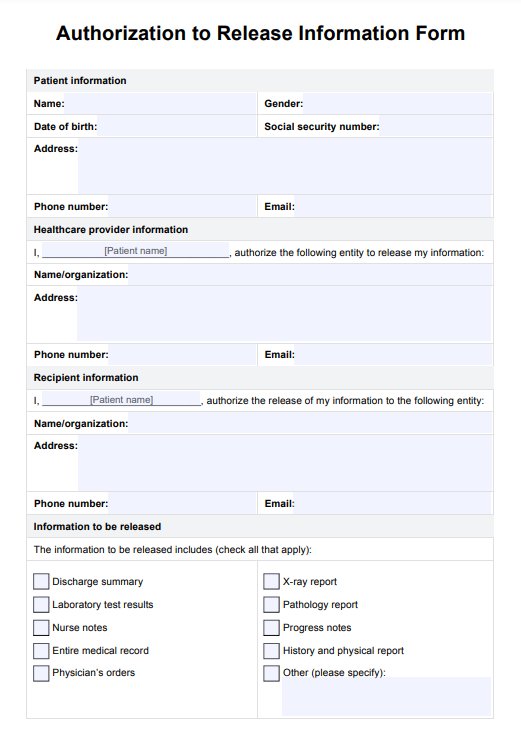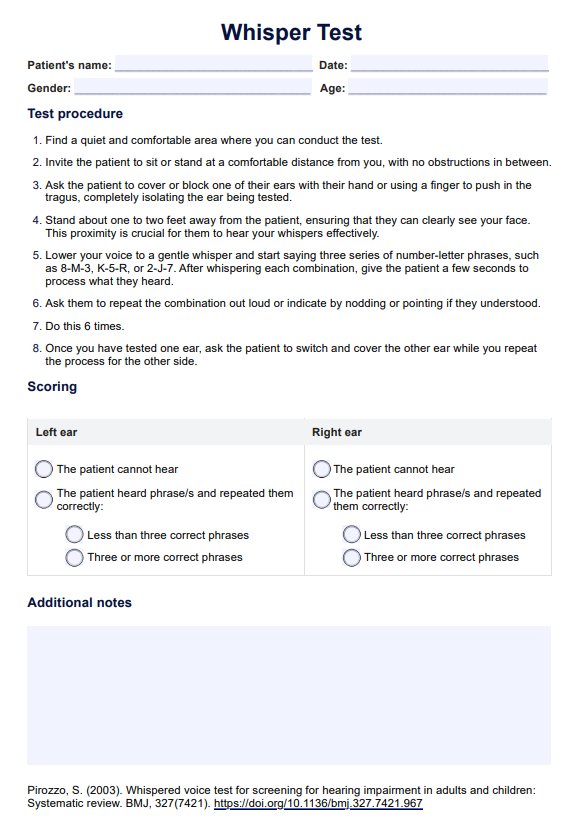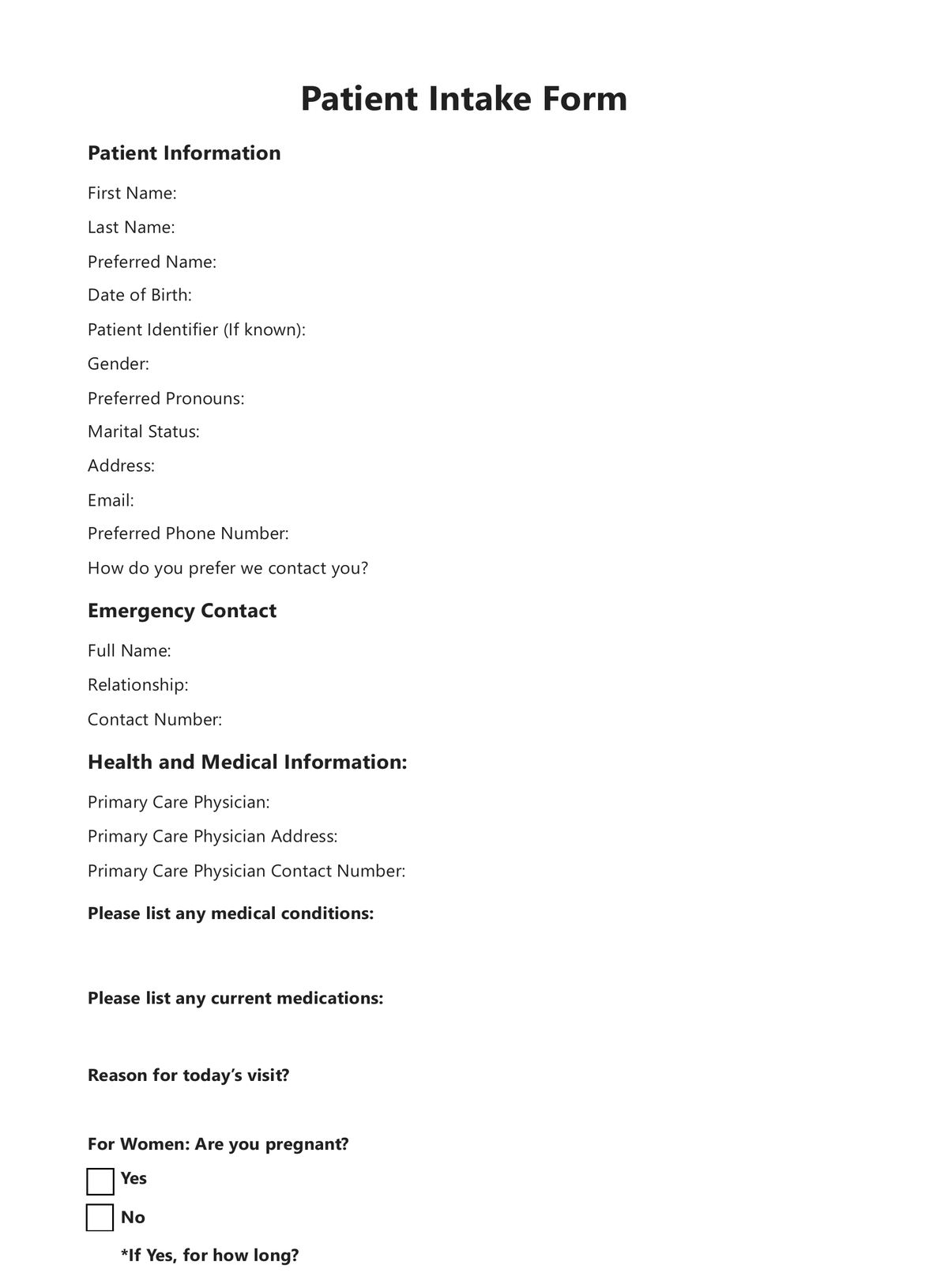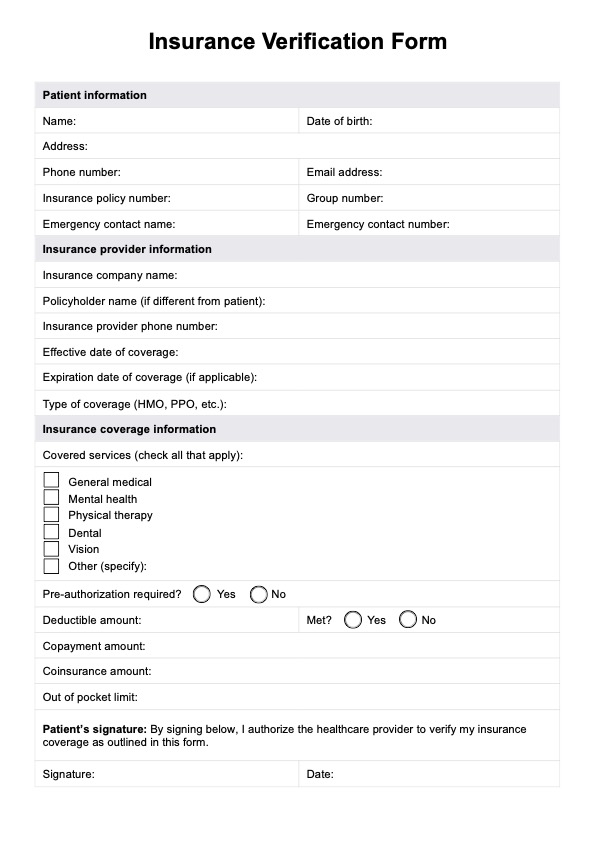Hearing Test Battery
Conduct the Hearing Test Battery on patients with hearing problems to gauge their risk of becoming deaf. Learn more about this through this mini-guide!


What is a Hearing Test Battery?
The Hearing Test Battery comprises three hearing tests: the Whisper Test, Weber Test, and the Rinne Test. These tests are meant to help healthcare professionals assess the hearing of patients who are getting checked for ear problems. Sometimes, only one of these tests is conducted during a check-up. Sometimes, all three are conducted as part of comprehensive examinations like the HEENT Assessment and Nurse Neurological Assessment.
When conducted as a battery, the healthcare professional will start with the Whisper Test. For this test, the professional will stand at least two feet away from the patient, and they will whisper a sequence of numbers and letters to them from that distance. The patient will try to recite the sequence in the same order. If they don’t pass this test, the professional will move on to the other two.
Meanwhile, both the Weber and Rinne Tests employ a tuning fork to assess the extent of hearing impairment in a patient. The Weber Test aids in distinguishing between unilateral conductive and sensorineural hearing loss, whereas the Rinne Test aids in differentiating between conductive and sensorineural hearing loss.
Hearing Test Battery Template
Hearing Test Battery Example
How to conduct the Hearing Test Battery:
Whisper Test
For this part of the battery, the patient will sit on a chair. You must be at least two feet away from the patient. Then, you have to explain the purpose of this test to the patient. Once you’re done explaining, ask if the patient is ready. Once they’re ready, you can do the following:
- Have the patient cover whichever ear isn’t being tested. They will cover it by putting one of their fingers over the tragus, and they will need to move their finger in a circular motion slowly
- Take a deep breath and exhale fully before whispering a number and letter set. Examples of possible combinations they can whisper include:
- 8-M-3
- 2-J-7
- K-5-R
- S-4-G
- After whispering the combination, the patient must repeat the combination. They get two tries. If they pass the first one, the ear you’re assessing is fine, so you should assess the other ear afterward. If they fail once, recite another combination. If they get that right, they pass; otherwise, they fail.
- If they pass for both ears, you don’t have to push through with the rest of the battery, but you can still conduct the other two tests just to be sure.
- If one or both ears don’t pass, you must conduct the Weber and Rinne Tests.
Weber Test
The Weber Test requires a completely silent room and a 512-hz tuning fork. Ensure no sound outside the room enters it because other sounds might affect the test and results. Once ready, you just need to have the patient sit down and do the following:
- Ask your patient which ear is affected.
- Hold the base of the tuning fork and gently strike its tines on your elbow or knee to make it vibrate. NOTE: please don’t strike it on a hard object because doing so might damage the fork and affect the tone.
- Place the tuning fork right in the middle of the patient’s forehead or in the middle of the vertex. Make sure that the fork is touching the skin.
- Ask the patient if the sound is louder in the left, right, or middle.
The findings for this test will depend on where the patient hears the sound the loudest:
- If they hear it loudest in the middle and the loudness is equal for both ears, their ears are fine.
- If the sound is louder in their affected ear, it indicates unilateral conductive hearing loss.
- If the sound is louder in the unaffected ear/better ear, this indicates sensorineural hearing loss.
Rinne Test
The Rinne Test requires the same things as the Weber Test. When your patient is ready, do the following:
- Have your patient sit on a chair.
- Bone Conduction: Gently strike the tuning fork on your elbow or knee to activate it. Place the tuning fork firmly on the patient’s mastoid process as soon as you activate it.
- Ask if the patient hears the sound from the vibrating tuning fork. Tell them to let you know if they no longer hear the sound.
- Air Conduction: As soon as the patient tells you they no longer hear the sound, quickly move the vibrating tuning fork from the mastoid process to the entrance of the ear canal. The fork should not touch the ear.
- Ask the patient if they hear the sound again. Then, tell them to let you know the moment they stop hearing the sound.
The results will depend on the following:
- A positive result means they heard the sound longer during Air Conduction, and they heard the sound clearly. Positive in the context of the Rinne Test means their hearing is normal.
- A negative result means they heard the sound longer during the bone conduction phase. This indicates that the patient might be dealing with conductive hearing loss.
- A false positive result means they heard the sound longer during the air conduction phase, but both sounds were equally depreciated. This indicates that the patient might be dealing with sensorineural hearing loss.
If the patient gets a negative or false positive result, a comprehensive examination must be conducted to fully confirm the hearing loss, then treat the patient accordingly.
When is it best to conduct the Hearing Test Battery?
If a patient comes in for a scheduled appointment to have their ears examined, it would be an opportune time to administer the Hearing Test Battery. However, prior to conducting the tests, it is advisable to inquire about any symptoms or discomfort they may be experiencing in their ears. It may also be worthwhile to investigate if their symptoms are due to an accumulation of earwax.
Suppose earwax is not obstructing their ears and there is a noticeable reduction in hearing. In that case, it is recommended to suggest the administration of the Hearing Test Battery and explain its purpose to the patient. Just like any procedure, it is important to provide a clear explanation and obtain the patient's consent.
Furthermore, the Hearing Test Battery can be included in comprehensive assessments like the HEENT Assessment and Nurse Neurological Assessment, which involve healthcare professionals evaluating the patient's ears and hearing.
What are the benefits of the Hearing Test Battery?
It’s comprehensive
The Hearing Test Battery offers a comprehensive evaluation by encompassing three distinct tests. To begin with, the Whisper Test serves as an initial assessment to gauge a patient's hearing ability. During this test, the healthcare professional whispers a combination of numbers and letters for the patient to repeat, determining their auditory acuity. In the event of a failure in this test, the subsequent Weber and Rinne Tests come into play, enabling an assessment of potential hearing loss and identification of its specific type or progression.
It is composed of three inexpensive tests.
The Hearing Test Battery doesn’t require much from the professional regarding what they need to conduct each test. The professional only needs a silent room, a chair, and a tuning fork. The instructions for all tests are also easy to follow, so not only is this test battery inexpensive but all three tests can be accomplished rather quickly.
The Hearing Test Battery can shape the rest of a comprehensive exam.
Assuming that the comprehensive examination being conducted isn’t the HEENT Assessment or the Nurse Neurological Assessment, the Hearing Test Battery can shape the following parts of the examination.
If the Hearing Test Battery shows the possibility of conductive hearing loss, then the outer or middle ear will be assessed. Professionals can check for earwax, fluid buildup, etc. Other tests like Tympanometry and an Audiogram can be conducted after. If the results point to sensorineural hearing loss, then the problem has something to do with the inner ear or an auditory nerve. Other tests like Otoacoustic Emissions and an Auditory Brainstem Response Test can be conducted after. The treatment will be based on the results of all tests.
How can Carepatron assist you with ENT-related work?
If you’re reading this, you’re likely an ENT, audiologist, or healthcare professional. If so, welcome! We hope this guide served as a good refresher and that our Hearing Test Battery helps you with your work! Now, while we have you, we’d like to ask you to check out more of our platform! We’re sure you will find something extraordinary that will help improve your work!
One of the features that we’re most proud of is our collection of resources. Our resource library covers numerous healthcare fields including ENT! It is filled with worksheets, assessments, general treatment plans, progress note templates, form templates, and much more! We even have individual guides for the Whisper Test, Weber Test, and Rinne Test, as well as templates for each one! You can read as many guides as you want and download as many templates as you need.
Another feature is our nifty storage system, which you can access via subscription with us! If you decide to subscribe, you can store your clinical files with us in a HIPAA-compliant manner. What this means is that only you have the power to grant access to your files. Even we can’t access them! You can even store filled-out copies of the Hearing Test Battery! Storing files in your storage under us is an excellent way to back up your files. If you lose your physical files, or access to another cloud storage or your current work device stops working, you can rest easy knowing you can redownload your files from us.
We, at Carepatron, are committed to helping healthcare professionals with their work, so take advantage of our platform so we can find ways to streamline your workflows!

Commonly asked questions
No. However, the Weber and Rinne tests should determine what type of hearing loss the patient has and determine which part of the ear is related to the hearing loss.
No. The tests under this test battery are non-invasive.
Check for earwax of fluid blockage first. If their ears are clean, it’s best to conduct further examination to determine why the hearing loss is significant.


